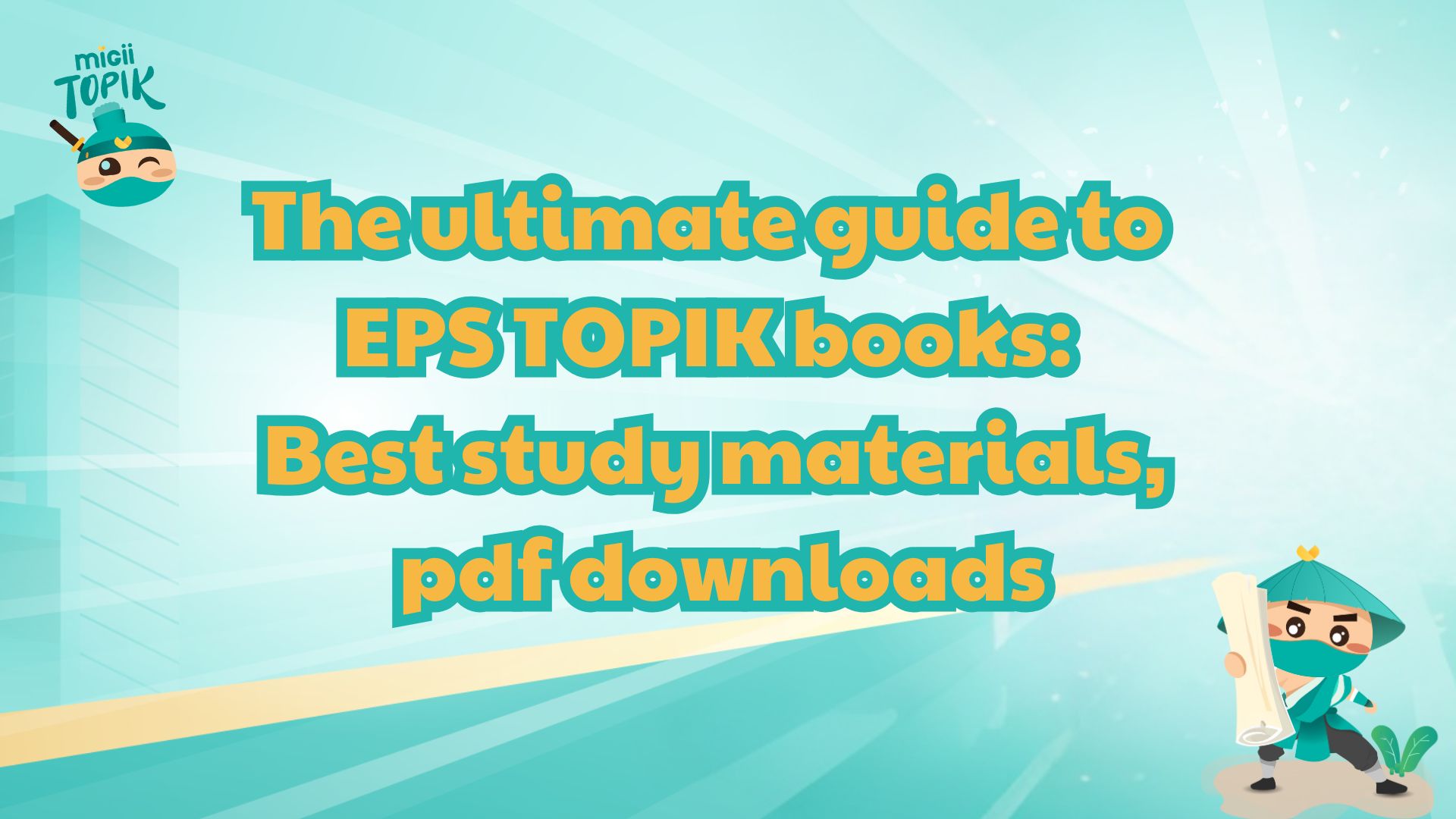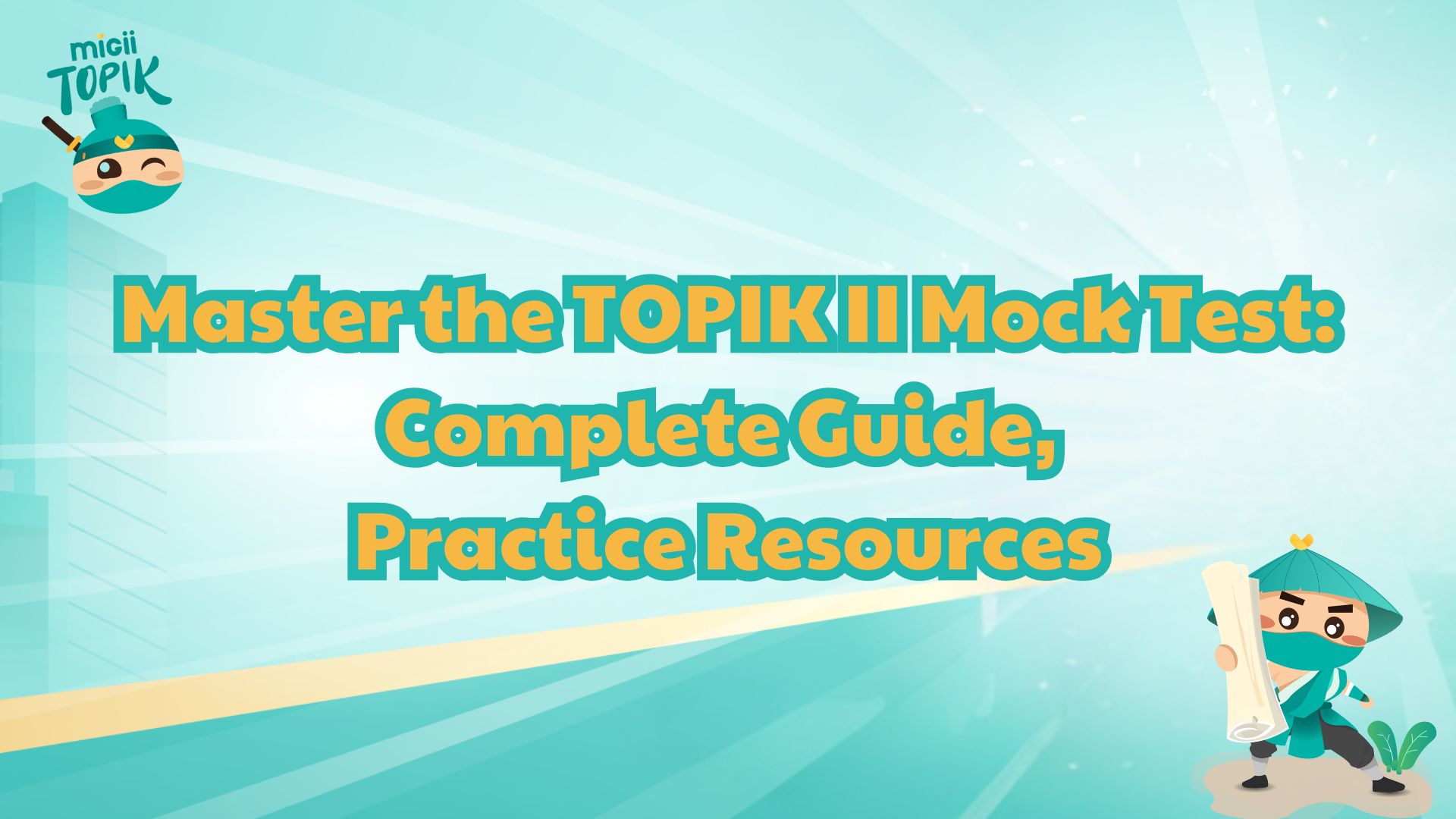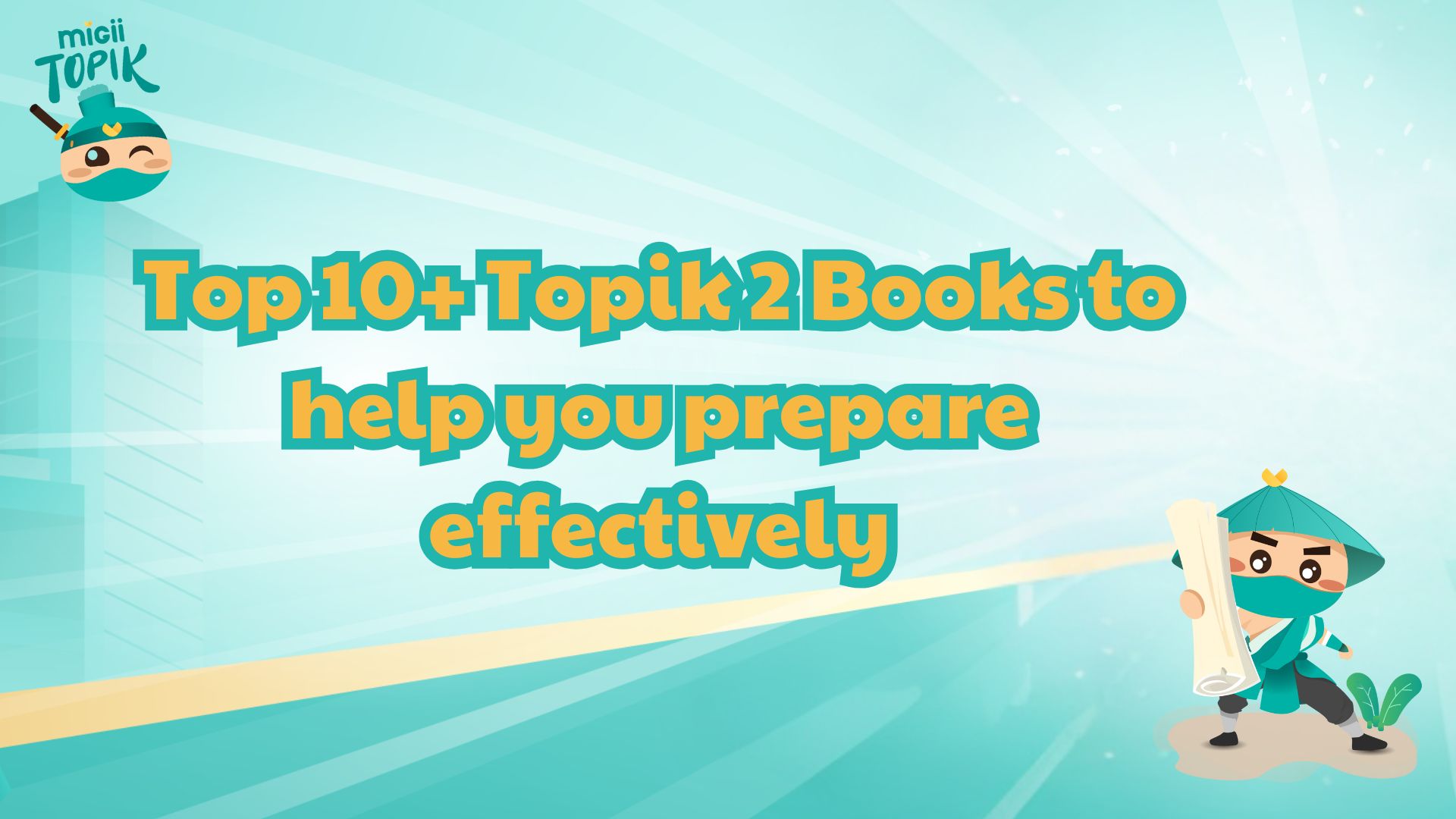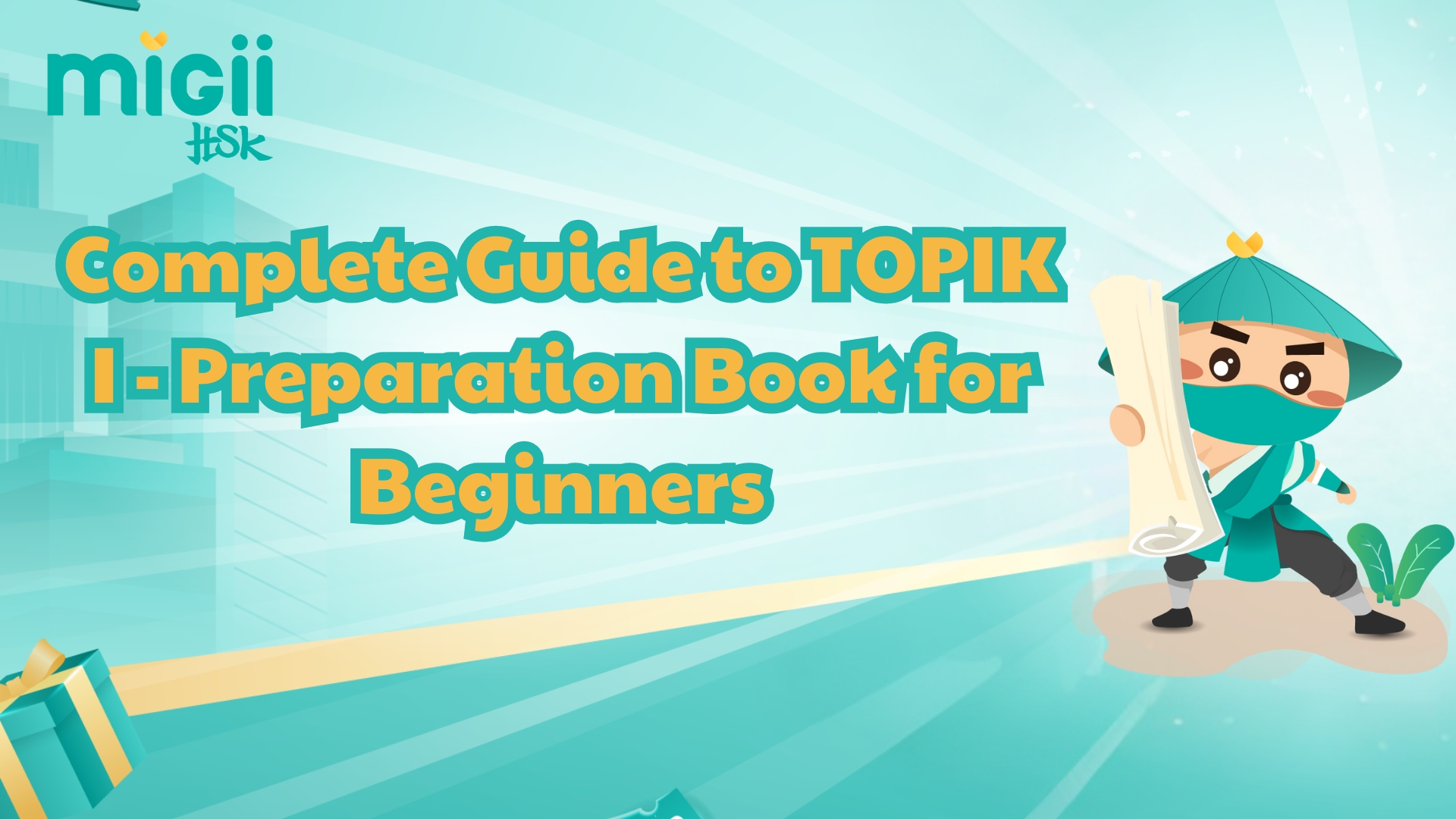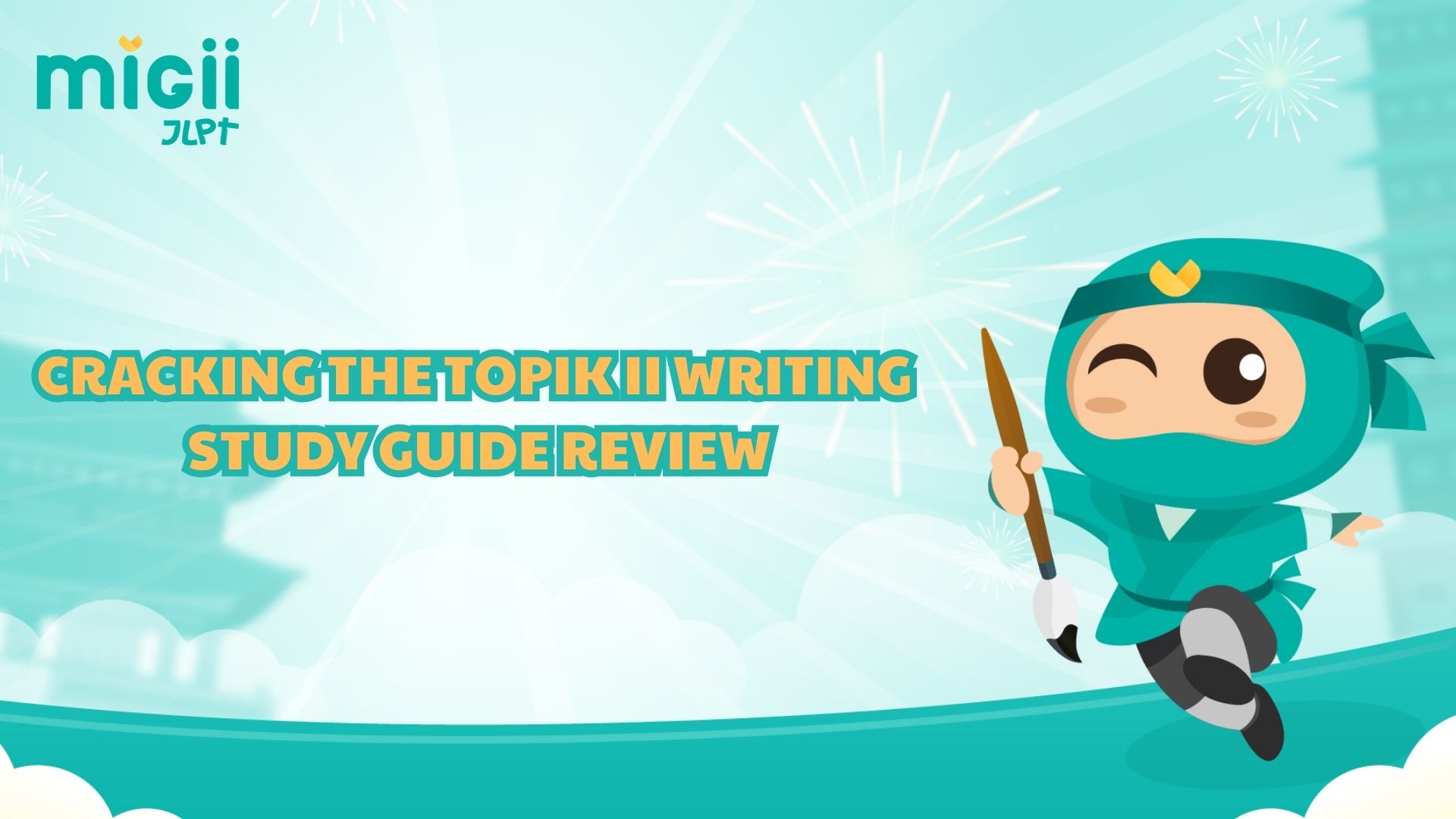EPS TOPIK audio plays an important role in the EPS TOPIK study plan because it helps learners improve their listening skills and become familiar with the conversation patterns used in the exam. Migii has compiled a set of EPS TOPIK audio files that offer clear and easy-to-use listening materials for learners at different levels. This article presents the full audio set and shows how to practise with it through each stage of the EPS TOPIK preparation process.
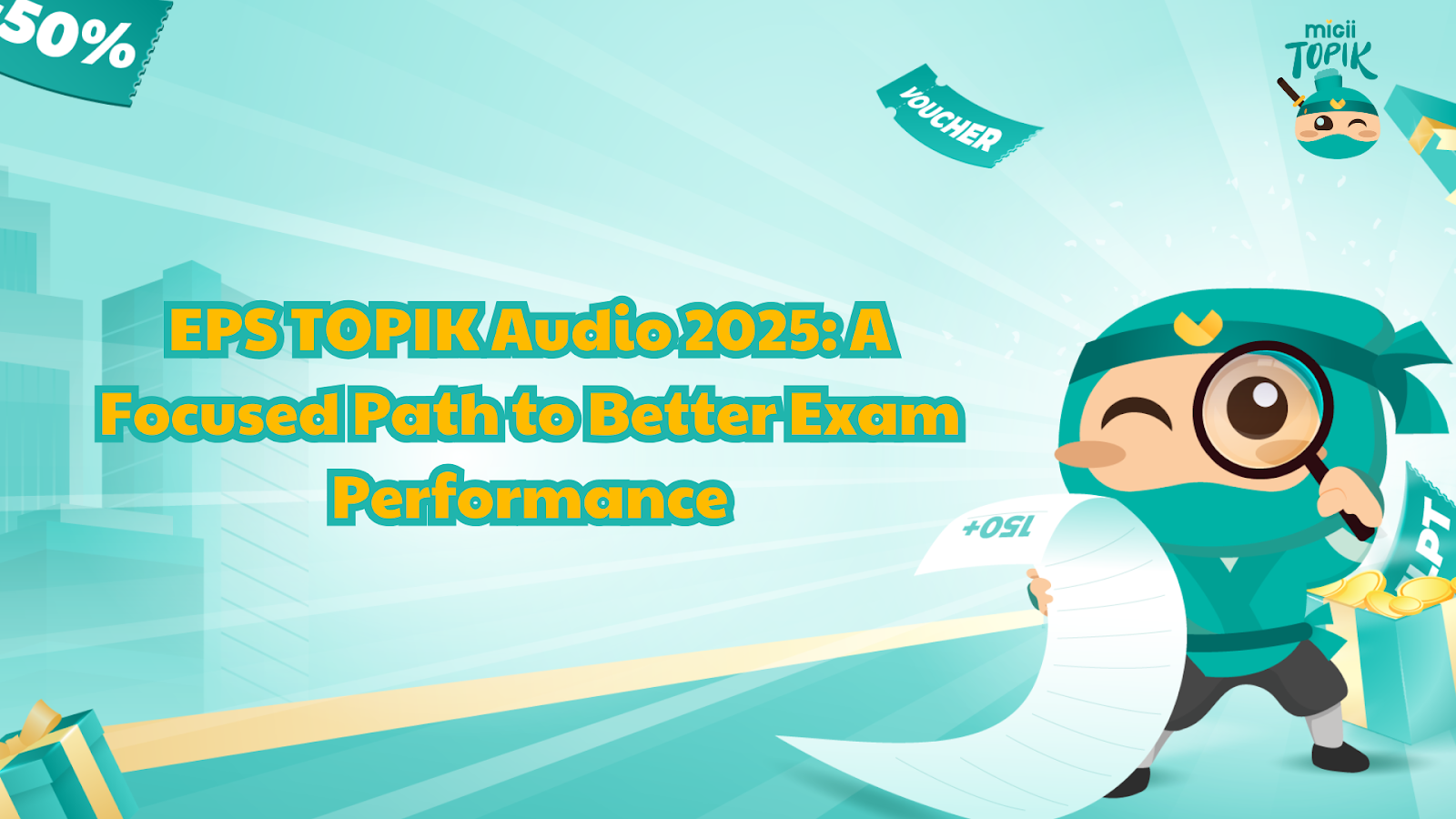
EPS TOPIK Audio
Benefits of practising with the EPS TOPIK audio
The 5 benefits below help you see the changes that regular listening practice can create in each stage of your study plan.
Improves sound recognition in different communication situations
When you practise with the EPS TOPIK audio regularly, you start to notice the differences between similar sounds in Korean that can be confusing. Listening to many dialogues helps your ears become familiar with natural linking sounds and stress patterns used by native speakers. Your ability to recognise sounds in each sentence becomes clearer, and you can identify the main point of a conversation faster when taking the exam.
Helps you understand the common dialogue patterns in the test
EPS TOPIK audio includes many conversations related to topics that appear in the real exam. You listen to situations such as work discussions, instructions for tasks or daily interactions. When you become familiar with these patterns, you can easily recognise common sentence structures and predict how ideas develop in each dialogue. This helps you choose your answers faster during the test.
Builds an understanding of natural native speaker intonation
Intonation plays an important role in understanding the exact meaning of a conversation. When practising with the EPS TOPIK audio, you observe how Korean speakers raise their tone when asking questions and lower their tone when giving confirmation. The natural rhythm helps you identify the stress in each sentence and understand which information is important. This strengthens your ability to analyse content in a short time.
Expands vocabulary related to exam topics
Each EPS TOPIK audio file contains vocabulary connected to work, daily life and familiar situations for workers in Korea. When you listen repeatedly, you learn how to use words in real contexts and remember them longer compared to studying theory. Building vocabulary through audio also supports your reading tasks and helps you understand questions more clearly in the exam.
Improves your reaction when handling one-time listening questions
The listening section in EPS TOPIK is played only once, so a quick reaction is important. With EPS TOPIK audio practice, you become familiar with the speaking speed and the way ideas change in each dialogue. This helps you predict the next information and choose the correct answer even when you do not catch the entire sentence. This reaction skill helps you answer accurately and increases your confidence in the real test.

Advantages of using EPS TOPIK listening practice audio
EPS TOPIK track files compiled by Migii
Migii has organised the EPS TOPIK audio set into 2 separate files to help learners choose suitable practice content and maintain a steady Korean listening routine throughout the preparation period.
File 1 EPS TOPIK Listening Track
This file includes familiar dialogues from daily life and work situations commonly experienced by workers in Korea. The content is written in a natural communication style, allowing learners to hear standard pronunciation and natural sentence flow in Korean. It is a useful resource for daily listening practice and helps you become familiar with how vocabulary is used in different contexts.
EPS TOPIK listening track download here:
File 2 EPS TOPIK Listening Track
This file continues to summarise common EPS dialogues with a clear and organised structure. Learners can use it to develop listening reflexes, recognise sounds and understand common sentence patterns in Korean communication. It is a suitable choice for learners preparing for the EPS TOPIK exam who need to maintain consistent listening practice during their study period.
EPS TOPIK listening track download here:
5 ways to use EPS TOPIK audio to improve listening skills in each study session
You can apply the methods below to build clearer and more active listening skills when using EPS TOPIK audio in every study session.
Practice short parts and repeat them in your own voice
You can start by choosing short dialogues and listening to them many times. After understanding the main idea, you try to repeat the lines in your own voice. This method helps you remember the content and notice sounds that still feel unfamiliar. When you repeat the dialogue, your ears can identify the differences between your voice and the Korean speaker's. This helps you improve accuracy when recognising words in later listening practice.
Identify keywords before listening to the full dialogue
Before pressing play, you spend a few seconds reading the question and predicting the possible keywords. Setting a clear direction helps you focus on important content when the audio starts. Once you know the keywords, you can follow the dialogue more easily and avoid missing important information. This habit trains you to handle listening tasks in a more active and focused way.
Split the listening session into 2 parts: listening for meaning and listening with note-taking
In the listening for meaning part, you focus on the main ideas of the dialogue. In the note-taking part, you listen again and write down the phrases you can hear. Taking notes helps you see which sounds you missed and improve your accuracy day by day. When you compare your notes with the transcript or with what you remember, you know exactly what needs improvement.
Combine EPS TOPIK audio with listening and reading practice in Migii
When you practise with EPS TOPIK audio, you can combine it with the listening and reading sections in Migii to maintain a steady study rhythm. After finishing an audio segment, you can open the listening practice in Migii to check how well you catch the sounds and how quickly you respond to each question. These practice tasks expose you to different expressions and sentence patterns without relying on a fixed topic.
When you move to the reading section, you can observe the word choices and sentence structures that commonly appear in the exam, so your memorisation becomes more natural and consistent. Repeating the same type of language through different formats helps you build a stable habit of recognising vocabulary and patterns in both listening and reading.
Use the EPS practice tests in Migii to measure your progress each week
You can spend one study session at the end of the week to complete an EPS mock test in Migii. The test has a structure close to the real exam, so you can evaluate how well you handle questions under time pressure. When you compare your results with previous weeks, you see your improvement clearly. This helps you adjust your study plan and identify which parts you need to strengthen in the next week.

Methods for using EPS TOPIK audio to strengthen listening skills in every study session
Conclusion
Regular EPS TOPIK audio practice helps you understand how Korean speakers use the language in familiar situations, so you process exam information more clearly. Frequent listening also helps you notice sentence stress and answer questions faster. The EPS TOPIK audio set from Migii supports your daily study and keeps you focused on key content. You can continue practising on Migii TOPIK to improve your chances of getting a good result in the exam.

